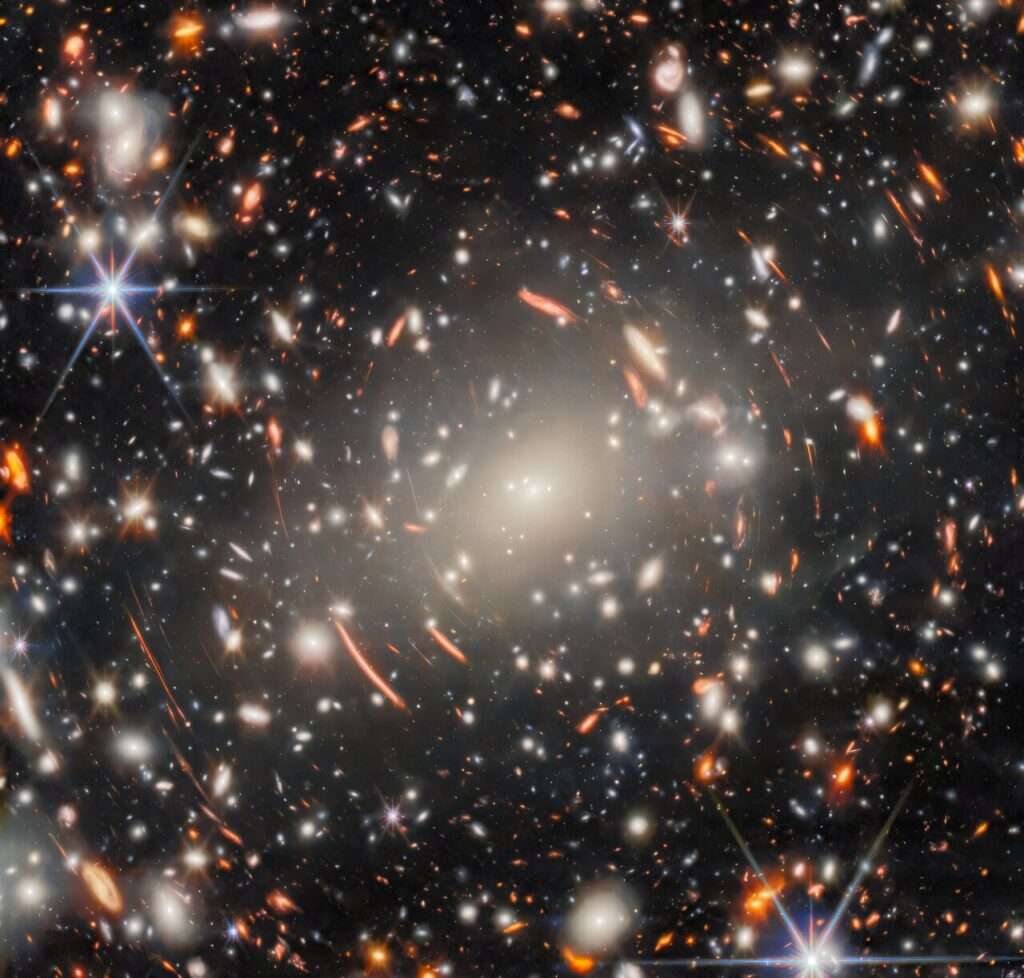May 28, 2025 — NASA’s James Webb Space Telescope (JWST) has achieved a groundbreaking milestone by capturing the deepest and most detailed images of ancient galaxies ever recorded. These observations offer unprecedented insight into the early universe, shedding light on the formation and evolution of galaxies shortly after the Big Bang.
Launched in December 2021, the JWST was engineered to observe the cosmos primarily in infrared wavelengths, enabling it to peer through cosmic dust and reveal celestial objects that have remained hidden from previous telescopes. Recently, the telescope focused its instruments on a remote patch of space, revealing galaxies that existed over 13 billion years ago.
Scientists report that these ancient galaxies exhibit surprisingly mature structures, challenging previous theories about the timeline of galaxy formation. The observations suggest that galaxy formation and star development occurred at a faster pace in the early universe than formerly believed. This discovery is prompting astrophysicists to revisit models of cosmic evolution and star formation rates.
“The James Webb Telescope’s deep field images provide us with a new window into the cosmos,” said Dr. Eleanor Richards, an astrophysicist at NASA’s Goddard Space Flight Center. “By studying these ancient galaxies, we can better understand how the universe evolved from its infancy to the complex structures we see today.”
JWST’s advanced instruments, such as the Near Infrared Camera (NIRCam) and the Mid-Infrared Instrument (MIRI), enable it to detect faint infrared light emitted by distant galaxies. This capability allows astronomers to effectively look back in time, capturing snapshots of the universe as it appeared billions of years ago.
This achievement builds on the legacy of the Hubble Space Telescope but surpasses it in both sensitivity and resolution in the infrared spectrum. The collaborative efforts of NASA, the European Space Agency (ESA), and the Canadian Space Agency (CSA) have been pivotal in the success of JWST, marking a new era in space exploration and cosmology.
As the James Webb Telescope continues its mission, scientists anticipate more discoveries that will refine our understanding of dark matter, galaxy evolution, and the origins of the universe itself. These findings are expected to have significant implications for astrophysics and may pave the way for future space research.
In summary, the James Webb Space Telescope’s capture of deep views of ancient galaxies is a historic event, offering fresh insights into the early universe and challenging existing astronomical models. Its ongoing mission promises to further unravel the mysteries of cosmic history and the fundamental processes that shaped the cosmos.



